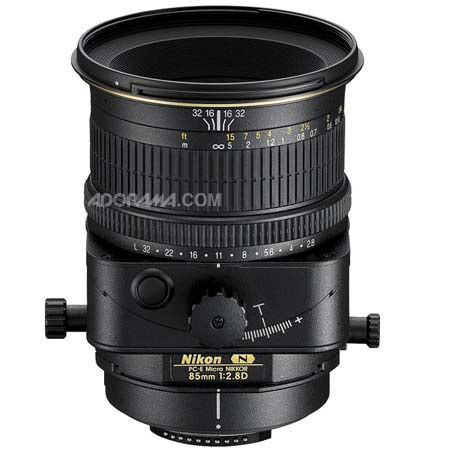





Picture does not represent the actual item
See Options
2 Year
$106.99
3 Year
$166.99
4 Year
$227.99
Need help? Ask our experts.
Review Summary
2018-11-16T19:00:00
Have used this lens in conjuction with D800E documenting changes in a landfill for the last 7 years, stiching picture together up to 4 GB (consisting of over 40 individual photos at mulitiple levels). Easy to index, very sharp impages. Perspective control prevents distortion. Used specifically for creating photos used for regulatory and environmental enforcement testimony. Solid and reliable...! (low resolution picture below, original is 3 GB)
GarbageTeacher

2018-02-17T19:00:00
This is a great lens and perfect for still life and product photography. It's nice and sharp when it needs to be, but has nice bokeh when using larger apertures. I use it often even when not using the tilt/shift function as I find it to be useful as a normal lens too.
NancyL

2017-08-13T20:00:00
I am a big fan of tilt-shift lenses, and even though I am primarily an architectural and interior photographer, I also use this lens for studio product photography. To be able to precisely control the plane of sharp focus, easily puts the entire product in focus. Matched up with a D800e, I get detailed images that rival film in a view camera. This is an older lens with a push-push button for mechanically opening the aperture for focusing. It is easy to become used to the motions of using this lens with a little practice. With the controls centered, the in-camera focus assist and exposure works, however; I prefer to use an external light meter for all my work. The only drawback to this lens is that the tilt and shift are permanently locked in their relation to each other. The axis of the tilt/shift combination is adjustable with hard locks every 90 degrees and detents every 30 degrees. Nikon can rotate the fixed relationship 90 degrees for you at a service center, but it cannot be done on the fly.
Anymouse73

2017-08-08T20:00:00
Most people are probably buying the newer E version of this lens, but since there are still some showing up used, I'll add my review. The E version is said to be a little better but this is a hard act to follow, as the older model is bitingly sharp and well behaved. It's not that easy to use, heavy and a bit hard to focus manually, and the push button preset aperture takes some getting used to, but it does things nothing else can quite so well. Aside from the obvious perspective control, the shift allows you to remove your own reflections or shadows from a shot, to shift foreground obstacles you can't get past, and to make beautiful rectilinear panoramas. Unlike the grand old film era shift lenses, this one shifts both left and right without rotating the barrel, and as a result, a three-shot panorama is very easy to do well. The tilt helps with depth of field in macros, combined with the surprisingly sharp small apertures available. It's more comfortable on a tripod than hand held, but the focal length makes it a pretty decent portrait lens too. Not the sort of lens you're likely to carry around a lot or travel with, but when you need what it offers, it's grand. It also works well with an extension tube if you need more macro. I use mine with a DX camera, which makes it a bit long, and a bit harder to focus, but it's still very useful. This older version is compatible with everything, right back to the first Nikon F. If you have a full frame camera, and especially if it's an older type, keep your eye out for one of these.
bruto

2013-07-08T21:00:00
Love it, using it for that field of flowers all in focus, along with the mountain behind and for macro full in focus exposures
Rock P.
2012-12-30T19:00:00
I have used this lens for close focus flower work and some outdoor images of frost on leaves. In the week since it came I have found it to be easier to use than expected with my Nikon D800. Live view and review of the histogram both made for easy exposure. Live view focus was also easy and through the lens focus worked well. It is very sharp and cropping to enlarge was still sharp edge to edge. A tripod is clearly needed for good results if you are going to tilt the lens, but again was not as difficult as I had expected. If you are compulsive about perfect images this is an excellent lens for you. Stopped down it has sharpness edge to edge at f16 to my eye on the computer images and prints to 16x20. So far I'm pleased. The more one has read and understands the limitations and advantages of its use the easier it will be to adapt.
Tom
2010-09-21T20:00:00
I love this PC-E lens with my D700. I've owned it for over a year and it gives me just what I need. However, I did send it into Service to have the Tilt & Shift knobs co-aligned, instead of at right angles, as for architecture. Now, there is not much space between all the knobs and buttons. With the Tilt & Shift in-line, I get exactly what I need every time. So I am a happy camper.
Nikon-guy

2010-08-16T20:00:00
Very little vignetting, lateral color fringes and no distortion. Using Lightroom and Photoshop I developed scripts to batch correct the color fringes and vignetting. At center point ( no shift/tilt ) their is no correction needed. As for when tilt and shift movements are applied, I leave comments on pictures with rise/fall and left/right shift to correct them accordingly. So what's left to say is that this lens is perfect for macro, product and reproduction. The drag and feel of all the adjustments (focus, aperture, rise and tilt) is just perfect. Someone did their homework. Everything is easy to move and it stays put.
Desphils

2010-07-29T20:00:00
This is obviously a specialized lens, not something that the casual shooter would consider getting. That said, for some very interesting in-camera effects the tilt and shift become quite interesting. It is a bit of a pain to work with - having to open the aperture in order to focus, then stop down to take the shot. Add to this the need to take either handheld meter readings with an external light meter or use manual mode in the camera and take the reading with the lens in zero position (i.e. - no tilt or shift) and you see that this is a lens that absolutely requires the use of a tripod. That said, though, it can do things not possible without a lot of post-processing - by tilting the lens appropriately you can keep the surface of a stamp or flower, say, that is not perpendicular to the CCD and not have to use f45 with the requisite ISO 12800 or huge lights. I use the 105MM f2.8 VR when I'm in botanical gardens or places where a tripod would be cumbersome (or not allowed), but if I am in a situation where the tripod and lengthier time to compose the shot is not an issue, the 85 PC comes out.
F8lee

2010-07-29T20:00:00
I don't know why it took me this long to get this lens!! I don't know how I ever survived without it!! This lens practically turned my D3 into a View Camera. This lens is my number one lens in the studio for Table Top Product Photography.
yrsued

6 elements in 5 groups (with Nano Crystal Coat)
Nikon FX/35mm Film / Nikon DX
28° 30
2.8-32
1.3 feet (0.39m)
1:2
77mm
Approx. 4.2 x 3.3 in. (107 x 83.5mm)
Approx. 22.4 oz. (635g)
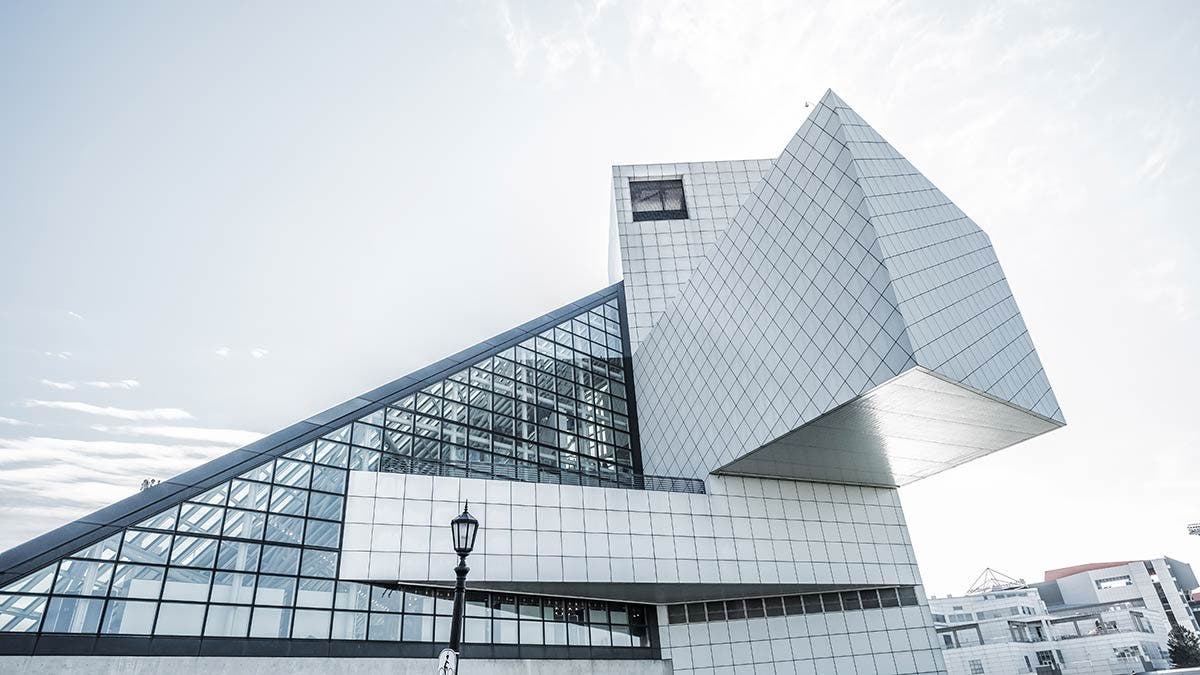
If you're getting serious about architecture photography, you will need to make some investments to get professional quality results.
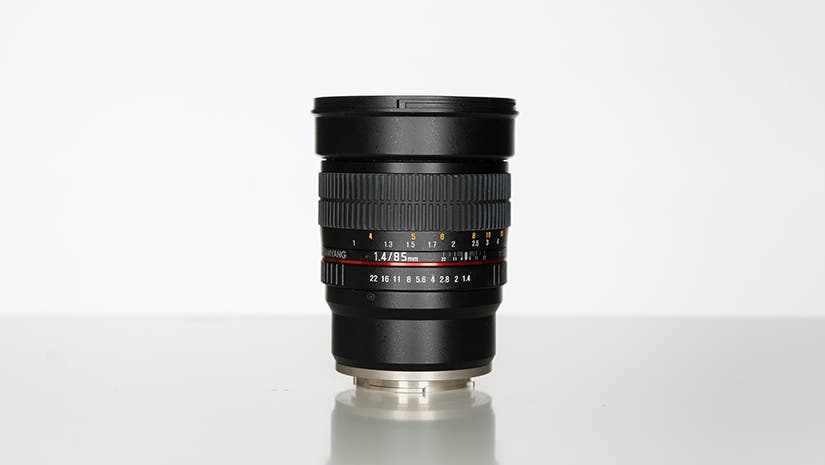
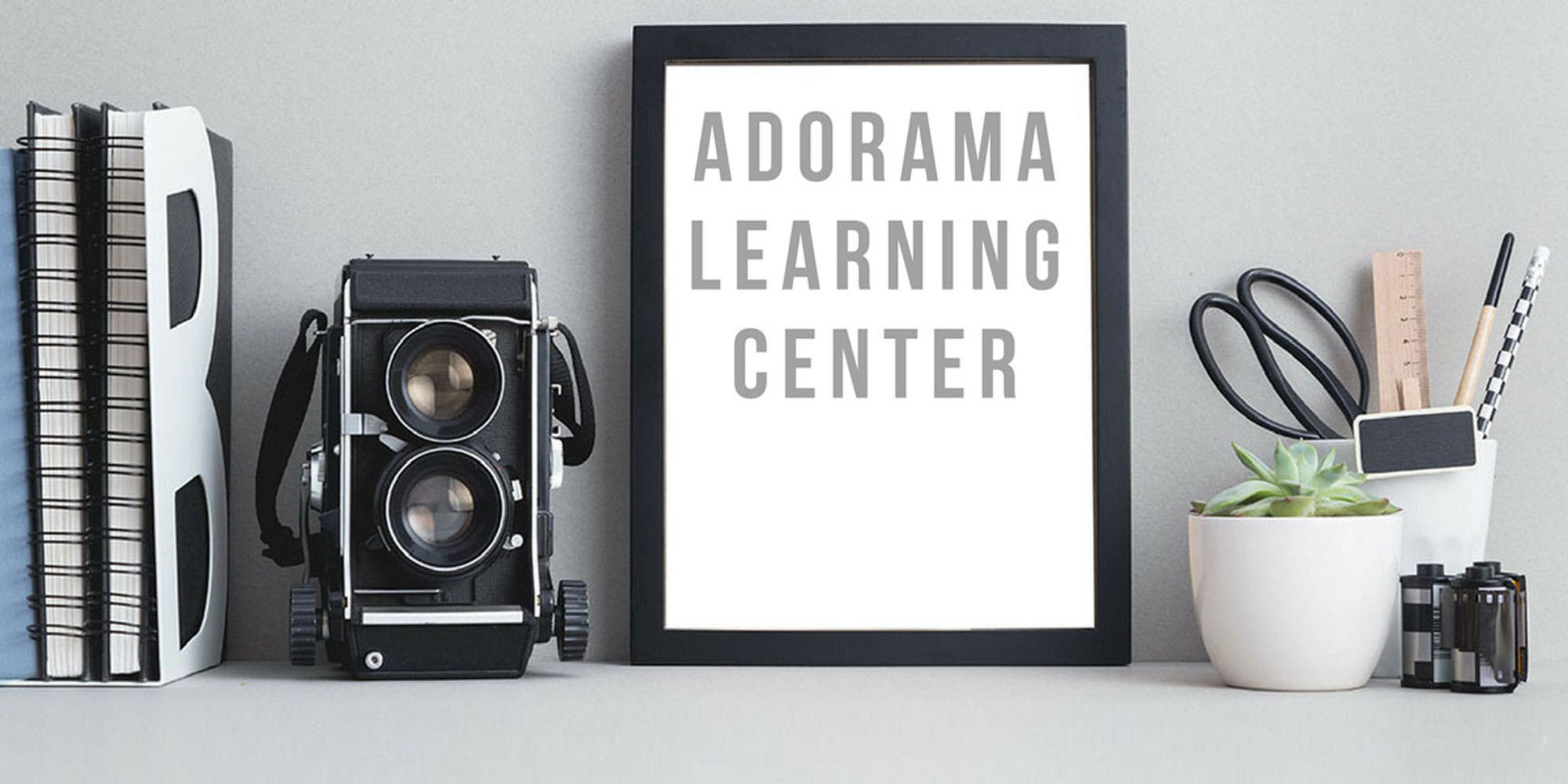
Gear Guide and Lab test; Updated for 2014. If you own a Sony DSLR, you may be thinking about buying a portrait photography lens. This guide is designed to help you determine which one is best for your needs. Most professional photographers recommend the 85mm lens for portrait photography. If...

AdoramaTV presents On Set, an Adorama Pro series focused on professional product technique and workflow. Join Daniel Norton as he explains how to use tilt shift lenses.
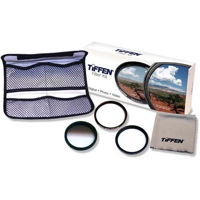
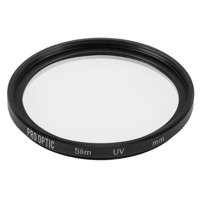
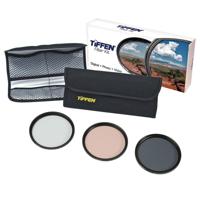
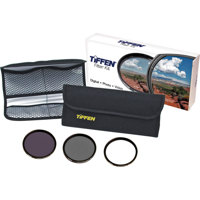
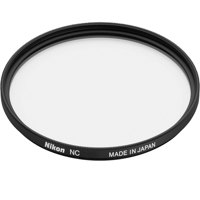
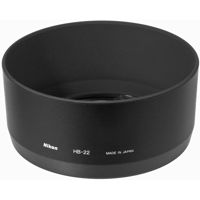
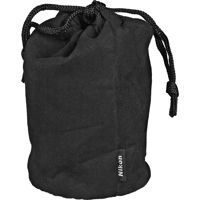
For those who like view camera style flexibility
By F8lee
This is obviously a specialized lens, not something that the casual shooter would consider getting. That said, for some very interesting in-camera effects the tilt and shift become quite interesting. It is a bit of a pain to work with - having to open the aperture in order to focus, then stop down to take the shot. Add to this the need to take either handheld meter readings with an external light meter or use manual mode in the camera and take the reading with the lens in zero position (i.e. ...
View full Review
Specific use lens, but a great tool!!
By yrsued
I don't know why it took me this long to get this lens!! I don't know how I ever survived without it!! This lens practically turned my D3 into a View Camera. This lens is my number one lens in the studio for Table Top Product Photography.
The new PC-E Micro NIKKOR 45mm f/2.8D ED and PC-E Micro NIKKOR 85mm f/2.8D Perspective Control (PC) lenses correct linear distortion in order to better replicate images asseen by the human eye, including straightening the converging lines of rectilinear objects such as buildings, while also introducingwelcome command over depth-of-field. Their versatility makes these the perfect lens complement for a myriad of applications, including photographing architecture, nature, interiors and still-life especially product photography.
When shooting subjects, such as tall buildings with a conventional lens, composition often calls for tilting the axis of a camera. This typically results in a significant distortion of converging lines, impacting the desired visual accuracy of the image. A PC-E NIKKOR lens' "shift" control provides correction for this type of distortion. "Shift" control can also give a photographer the ability to "effectively" move the apparent position of the camera providing further perspective versatility, allowing, for example, the ability to avoid unwanted reflections in an image.
A PC-E lens' "tilt" control gives photographers additional creative control over depth-of-field. Known as the Scheimpflug principal,tilt-shift lenses are capable of modifying the focal plane of the lens, allowing the extension or limitation of the point of critical sharpness in the image. The combination of "tilt" and "shift" controls featured in all PC-E NIKKOR lenses gives photographers extraordinary control over perspective control which simply is not possible with conventional lenses.
A special tilt/shift mechanism gives users up to +/- 11.5mm shift for perspective control and +/- 8.5-degree tilt control for creative focus. The Perspective Control lenses correct distortion and vanishing point issues with convenient side-mounted controls at 1mm / 1-degree intervals that will adjust the focal plane with shift and tilt adjustments. The lens optics rotate up to 90 degrees right or left for perspective control adjustment, while a click-stop is provided every 30 degrees. Photographers can confirmthe effect of each adjustment accurately through their Nikon SLR viewfinder.
The new PC-E Micro NIKKOR 45mm f/2.8D ED and PC-E Micro NIKKOR 85mm f/2.8D offer a combined standard-to-medium telephoto range coupled with dramatically expansive depth-of-field that is well suited for a variety of tasks and the exploration of new levels of creativity.
All NIKKOR-E lenses incorporate a rounded nine-blade electromagnetic diaphragm that provides auto aperture control when used with Nikon SLRs that feature an electronically controlled aperture, including the D3, D300 and newlyannounced D700 camera.* This unique feature allows photographers to more easily compose images without the typical darkening of the frame experienced with other lenses of this type.